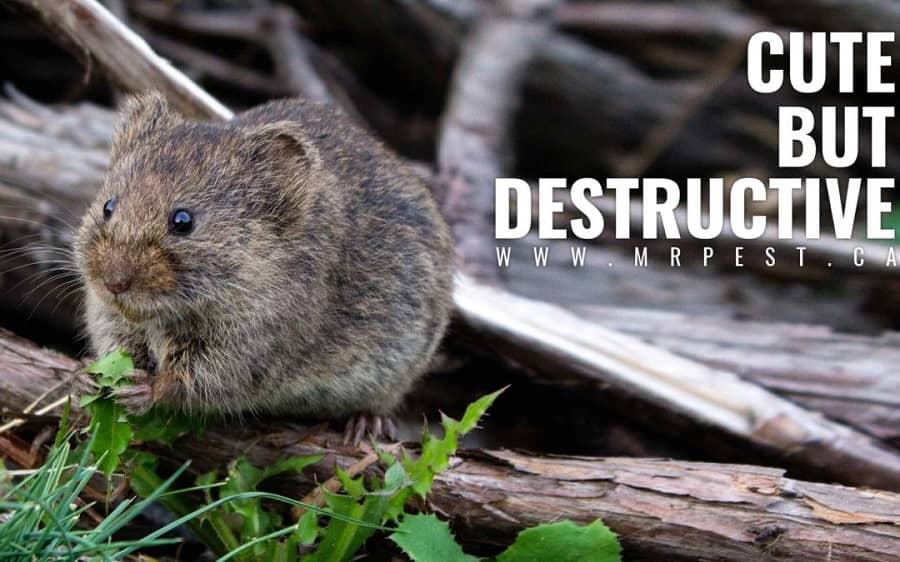Your home is your sanctuary, your pride and joy, and the biggest investment you’ll probably ever make. Don’t let pests erode all your hard work. Wire-chewing rodents, wood-gnawing termites, den-building raccoons, or the ubiquitous cockroach — all these pests can reduce your property value by up to 25% (especially in the case of termites).
It’s important to identify the areas of your home that may be vulnerable to pests and unwelcome guests. Houses are attractive to vermin because they provide shelter and food. The objective, then, is to make your home as inhospitable as possible to pests, and secure it so they can’t get in in the first place. Getting rid of these pests and preventing them from getting access to your home is paramount.
The following tips will help you keep your home pest-free and your investment safe:


-
- Windows and doors create weak points in walls, and can create foundation problems. Look for gaps between walls and window frames; door frames and the floor. Try to spot cracks that extend out from the corners of windows and doors into the drywall, or separation of the door or window from the framing. Make sure all windows and doors close properly. Doing so will also
keep out cold drafts in the wintertime
-
- .
Check the floor: Walk through the house and check for sagging, bowing, bouncing, or cracks in your flooring and other surfaces.
Check for cracks in the ceiling: Drywall cracks are a common occurrence when a house settles, but the ones that are cause for concern are:
-
-
- corner cracks
- seam cracks (that follow the seam in drywall)
- tape cracks (where the tape is pulled, buckled, or ripped)
- nail popping (where you see nails popping free of the drywall)
-
Check the interior foundation: Look at the walls in the basement and crawl space. Walls constructed with concrete blocks will show horizontal or z igzag pattern cracks that form along the mortar lines. Both patterns indicate there has been settling. Basement walls made of poured concrete will show vertical cracks.
Check the exterior foundation: Look for sinking, shifting, or any other changes (especially around patio areas and chimneys). If a chimney is on its own foundation, it has a higher risk of separating from the house and practically advertises “room for rent” to neighbourhood pests.
Once you’ve done a thorough inspection, you can determine which projects you can handle on your own, and which ones you should leave to a professional. Sealing foundation cracks is a relatively easy DIY project, but if your walls are sagging, it’s probably time to bring in an expert.

- Preventative measures: Always close the flue when your chimney is not in use. For added protection, have a pest control company or qualified chimney service install a chimney cap to secure the top of the chimney, and be sure to seal any cracks to prevent beetles and other insects from crawling inside.
- Once they’re in: If you hear sounds in your chimney and you think there may be animals in there, do not smoke them out. Not only will this kill the animal, but by doing so you risk causing a fire in your home (as well as smoke damage). It is also illegal to kill some wildlife. This is one situation that definitely calls for bringing in the professionals.
- Store firewood away from the house: To reduce the risk of attracting termites, store any firewood at least five feet (or more) from your home’s foundation. Place firewood on top of racks (or platforms raised above the ground) to prevent pests from nesting in the pile. Never bring more wood into the home than you plan to use immediately so you don’t unintentionally bring any hidden pests into the house.

- Find and fix holes in your roof: This seems obvious, but the roof isn’t a place that gets inspected on a regular basis. When it is safe to do so, get on your roof and take a thorough look for any holes or areas that need to be repaired. If you need help, call a professional roofing company.
- Install vent covers: Pests can fit through unprotected ventilation holes in your eaves. Many homeowners are not even aware that such holes exist. These openings are essential for attic ventilation and cannot be completely blocked, so they need special covers. Install a flexible metal mesh called hardware cloth over the areas. This will keep out pests without restricting airflow through the vent holes. Don’t forget to install covers on your soffit vents as well. Your soffit vents are located on the underside part of the roof that hangs over the sides of your home.

For professional pest control and removal in Simcoe County and other areas, call Mr. Pest Control at 1-888-794-7378. We offer pest, wildlife, bed bug removal, and pest prevention services.


